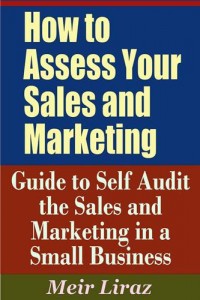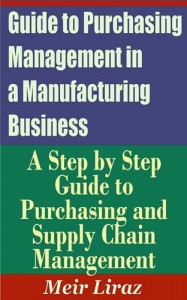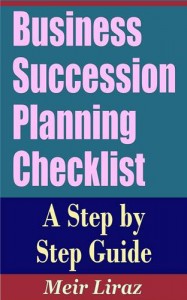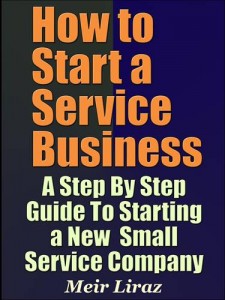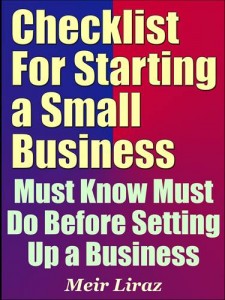The decision to replace a piece of equipment should be based on facts and figures. The judgment which the owner-manager of a small company makes should be the result of weighing the costs of keeping the old equipment against the cost of its replacement. This guide discusses the elements involved in making such a cost comparison. Examples are used to illustrate the gathering and use of the appropriate cost figures. Sooner or later, you must decide whether you should keep an existing unit of equipment or replace it with a new unit. As time goes by, equipment deteriorates and becomes obsolete. Frequent breakdowns occur, defective output increases, unit labor costs rise, and production schedules cannot be met. At some point, these occurrences become serious enough to cause you to wonder whether or not you should replace the equipment. The problem is that the new equipment costs money, and the question that comes to you is: Will the advantages of the new equipment be great enough to justify the investment it requires? you answer this question by making a cost comparison. My name is Meir Liraz and I'm the author of this book. According to Dun & Bradstreet, 90% of all business failures analyzed can be traced to poor management. This is backed up by my own experience. In my 31 years as a business coach and consultant to businesses, I've seen practically dozens of business owners fail and go under -- not because they weren't talented or smart enough -- but because they were trying to re-invent the wheel rather than rely on proven, tested methods that work. And that is where this book can help, it will teach you how to avoid the common traps and mistakes and do everything right the first time. Table of Contents: 1. Introduction 2. Depreciation 3. Interest 4. Operating Costs 5. Revenues 6. An Annual Average Cost 7. The Old Equipment 8. The New Equipment 9. The Comparison 10 Irreducible Factors
How to determine the replacement cost of
Sobre
Talvez você seja redirecionado para outro site

